As the digital landscape continues to evolve, visionOS emerges as a game-changer in spatial computing. This powerful operating system is redefining how we interact with our digital environment, offering immense possibilities for businesses across industries.
In this comprehensive guide, we delve into the intricacies of visionOS and its pivotal role in powering spatial computing. We’ll explore how integrating VisionOs can significantly boost productivity and provide innovative solutions that give your business a competitive edge.
We will also discuss Apple’s frameworks extended for spatial computing and how they can be leveraged using the Visionos app. The tools needed for effective development on visionOS such as Metal and Core ML will be highlighted too.
Furthermore, you’ll gain insights into the process involved in developing applications using vision OS from conceptualization to final deployment. Challenges faced while integrating Visio n OS into existing projects will also be addressed along with ways Markovate can assist with its adoption.
Understanding visionOS in Detail
Spatial computing has revolutionized the tech world, offering unprecedented user experiences by blending real and virtual elements. It blends real-world elements with virtual ones to create mind-blowing user experiences. And at the heart of this revolution is visionOS, the ultimate tool for powering spatial computing.
Defining Spatial Computing and its Relevance Today
Spatial computing is all about extending our physical world into the digital realm. Interacting with real and virtual objects in a 3D space can now be done through voice commands, gestures, and more thanks to spatial computing. With cool advancements like augmented reality (AR), mixed reality (MR), and virtual reality (VR), spatial computing is more relevant than ever.
The Role of VisionOS in Powering Spatial Computing
VisionOS is the superhero that powers these mind-blowing technologies. It equips developers with the tools they need to create killer apps on the visionOS platform. With Apple’s advanced frameworks like ARKit, RealityKit, and Vision Framework, developers can create high-performance apps that offer seamless user experiences.
This cutting-edge tool boosts productivity and offers unique solutions, giving businesses a competitive edge. In today’s digitized world, staying ahead of the curve means adopting the latest tech like visionOS. Markovate specializes in delivering efficient solutions, ensuring clients get maximum value from their investment and achieve desired business outcomes faster than traditional methods used by most companies today.
Exploring the Benefits of visionOS
Stay ahead of the curve with visionOS, the advanced technology that can turbocharge your business.
Boosting Productivity with VisionOS Integration
Get ready for a productivity boost. visionOS creates immersive user experiences that blend the real world with the virtual, making work easier and faster. Say goodbye to complex tasks and hello to efficiency.
Gaining Competitive Advantage Through Innovative Solutions
Don’t just keep up with the competition, leave them in the dust. By integrating visionOS into your operations, you’ll have the edge over competitors who haven’t caught up yet. Get ready to wow your customers with interactive product demos and augmented reality assistance.
Markovate, the leader in product development leveraging AI, ML, Web3 technologies, knows the importance of staying ahead. We’ll seamlessly integrate visionOS into your systems, so you can start reaping the benefits right away.
Diving into the VisionOS App & Apple’s Frameworks Extended for Spatial Computing
The visionOS app is a powerful tool that harnesses Apple’s advanced frameworks for spatial computing, including ARKit, RealityKit, and Vision Framework.
Leveraging ARKit for Mind-Blowing Augmented Reality Experiences
ARKit is the secret sauce behind the mind-blowing augmented reality experiences in the visionOS app. It seamlessly blends digital objects with the real world, creating immersive user experiences. With features like motion tracking, environmental understanding, and light estimation, ARKit takes AR to a whole new level.
RealityKit and Vision Framework: The Dynamic Duo of 3D Rendering and Image Analysis
But wait, there’s more. The visionOS app also taps into the power of RealityKit and Vision Framework. RealityKit simplifies complex 3D rendering tasks, offering photorealistic renderings, animations, and effects. Meanwhile, the Vision Framework handles sophisticated image analysis tasks like face and barcode detection.
These cutting-edge technologies work harmoniously within the visionOS environment, delivering high-performance apps that offer unparalleled user experiences. They empower developers to create interactive environments and allow users to shape their own digital spaces. It’s like a digital playground where imagination knows no bounds.
These advanced frameworks go beyond app development; they’re integral parts of an ecosystem designed around spatial computing. They simulate our physical world through digital mediums, revolutionizing the way we interact and communicate. As we venture into this exciting frontier, it’s clear that the potential is limitless, thanks to platforms like visionOS powered by Apple’s cutting-edge tech.
Tools You Need for Awesome Development on visionOS
In the world of spatial computing, having the correct instruments is indispensable for making proficient and high-execution applications. Apple’s ecosystem provides a suite of core technologies that are essential when developing with visionOS. Two of these key tools are Metal and Core ML.
Metal and Core ML: The Dynamic Duo of High Performance Apps on visionOS
Metal, Apple’s advanced graphics API, is the superhero that renders complex visual effects for mind-blowing augmented reality experiences. It unleashes the power of the GPU on all Apple devices, ensuring smooth performance even with heavy graphical loads.
And then we have Core ML, the genius framework that brings machine learning models into your apps. With Core ML, you can build intelligent features that enhance user interaction within the virtual environments created by visionOS.
- Metal: This low-overhead architecture lets you tap into the full potential of modern GPUs across iOS, macOS, and tvOS devices. Whether you’re creating 3D games or data-intensive scientific apps, Metal has got your back.
- Core ML: From image analysis using the Vision Framework to natural language processing (NLP), Core ML brings AI directly into your app without the need for external servers or APIs.
To create interactive environments that offer unparalleled experiences on visionOS, you need to master these powerful frameworks. They not only provide flexibility but also enable faster development cycles with their streamlined workflows.
This combination of Metal and Core ML equips developers with the necessary arsenal to build next-generation spatial computing applications powered by visionOS. However, mastering them requires time, dedication, and constant upskilling, which can be challenging, especially when juggling multiple projects.
Process Involved in Developing Applications Using visionOS
The process of creating applications using visionOS is a wild ride that involves several key stages. From brainstorming to coding, testing, and finally launching on the App Store – each step plays a vital role in ensuring a successful application debut.
Conceptualization Phase: Turning Ideas into Reality
In this first stage, we transform ideas into tangible designs. Through market research and user behavior analysis, we uncover what potential users crave from the app. This phase lays the foundation for our application, defining its purpose, target audience, and core features.
Coding Phase: Swift or Objective-C, Take Your Pick
When it comes to coding, developers have the choice between Swift and Objective-C; both languages offer their own advantages in terms of compatibility with Apple’s frameworks for spatial computing. Swift is modern and safe, while Objective-C is robust and flexible. Both languages work seamlessly with Apple’s frameworks for spatial computing, providing powerful tools for creating high-performance apps.
Testing Phase: Putting the App Through Its Paces
Prior to launching on the App Store, the app must undergo rigorous testing. From functional and performance testing to security checks, we leave no stone unturned. Only after passing these tests does the app qualify for submission. Patience is key as there may be rounds of review before final approval.
Integrating VisionOS Into Your Existing Projects
Integrating VisionOS into your projects can be tricky – it’s not a simple task.
Challenges Faced While Adding VisionOS To Existing Infrastructure
Don’t disrupt ongoing activities. Integrating VisionOS seamlessly requires careful planning and execution.
Protect your sensitive data. Ensure data security throughout the transition phase by implementing additional security measures.
Compatibility issues? Identify them early on to develop appropriate solutions for VisionOS and your current systems.
Tackling Integration Challenges with Markovate Expertise
Don’t worry – Markovate has you covered. At Markovate, our experts specialize in navigating the complexities of integrating advanced technologies like VisionOS. From planning to post-launch maintenance, we ensure maximum value and faster business outcomes.
How Markovate Can Help You Embrace VisionOS
Integrating advanced technologies like VisionOS into your projects doesn’t have to be scary. With Markovate by your side, we’ll make it a breeze.
We know that adopting VisionOS involves more than just adding a new tech stack. It requires careful planning, strategic execution, and ongoing support to ensure smooth operation without compromising data security.
Initial Planning: Tailored Strategy for Your Goals
Our team will collaborate with you to comprehend your requirements and aspirations. Then, we’ll develop a customized strategy for VisionOS adoption that aligns with your business goals, maximizing your investment.
Coding Phase: Swift or Objective-C, We’ve Got You Covered
With expertise in AI, ML, Web3, and mobile app development, we’ll use either Swift or Objective-C based on your project requirements. This ensures efficient development of high-performance apps with seamless user experiences.
Maintenance & Support Post-Launch: We’ve Got Your Back
Once your app is live, our support doesn’t end there. We provide post-launch maintenance and support services to help you make the most of VisionOS. From troubleshooting to performance updates, we’ve got you covered.
FAQs
What are the 4 types of vision?
The four types of vision are monocular, binocular, color, and peripheral – they’re like the Avengers of our eyes.
What are 3 facts about vision?
Vision is the boss of our senses, using more than half of the brain’s pathways, and can even be supercharged with technologies like augmented reality – it’s like giving our eyes a power-up.
What are the 3 types of vision?
There are three main types of human visual perception: photopic (daylight), scotopic (low light), and mesopic (combined daylight and low light) – our eyes are like chameleons, adapting to different lighting conditions.
What is the importance of our vision?
Vision is our superhero power, helping us recognize objects and people, interpret information from our surroundings, and even level up with technologies like ARKit – it’s like having a built-in heads-up display.
Conclusion
visionOS: The ultimate power tool for spatial computing that businesses can’t afford to miss.
Integrating visionOS into projects means skyrocketing productivity, outshining competitors with mind-blowing innovations, and tapping into Apple’s ARKit, RealityKit, and Vision Framework for mind-bending augmented reality, stunning 3D rendering, and mind-boggling image analysis. The development process involves concept, code, and test, all wrapped up with a shiny App Store bow. Sure, integrating visionOS into existing infrastructure may have its challenges, but fear not, Markovate is here to save the day.










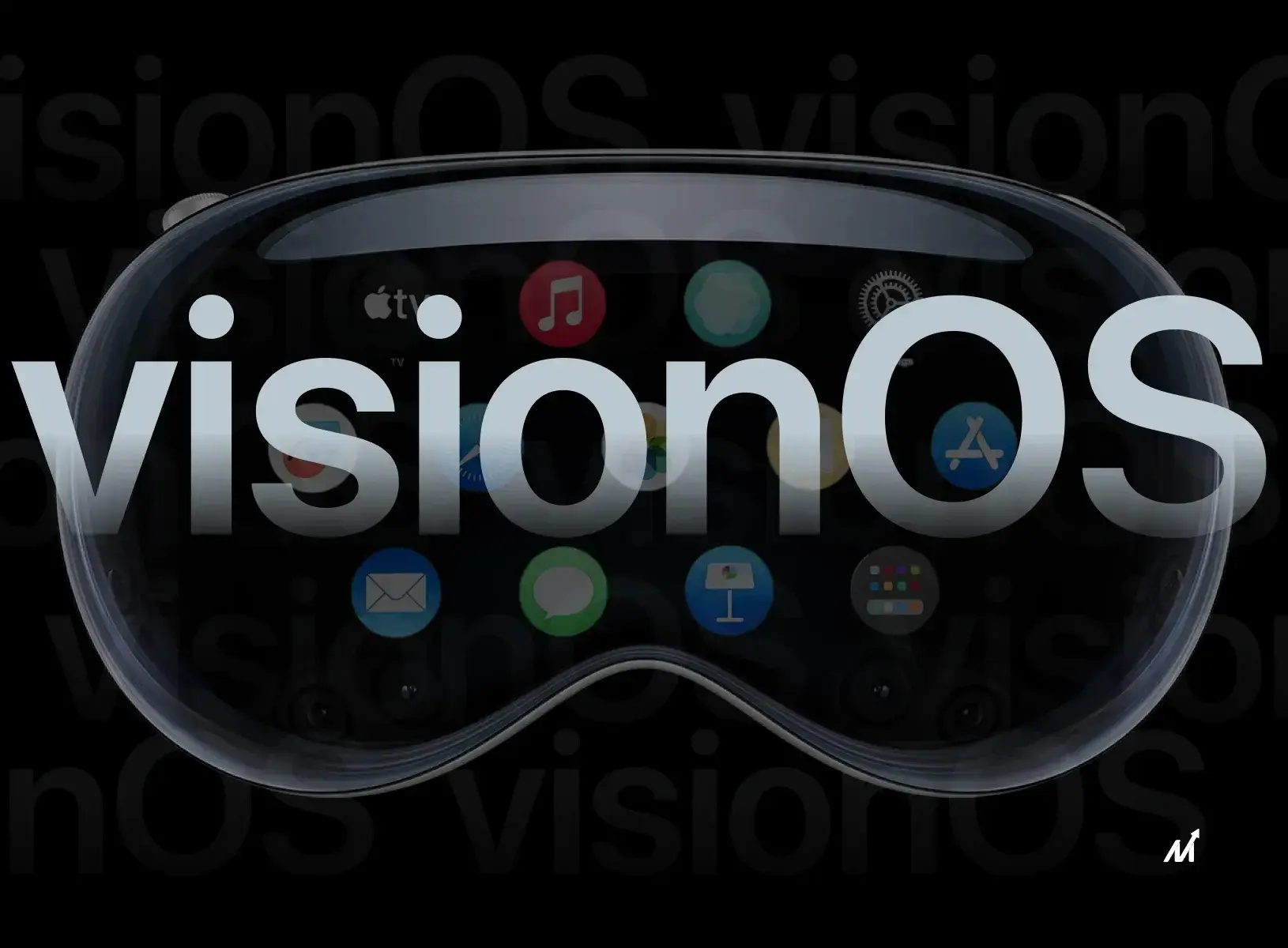
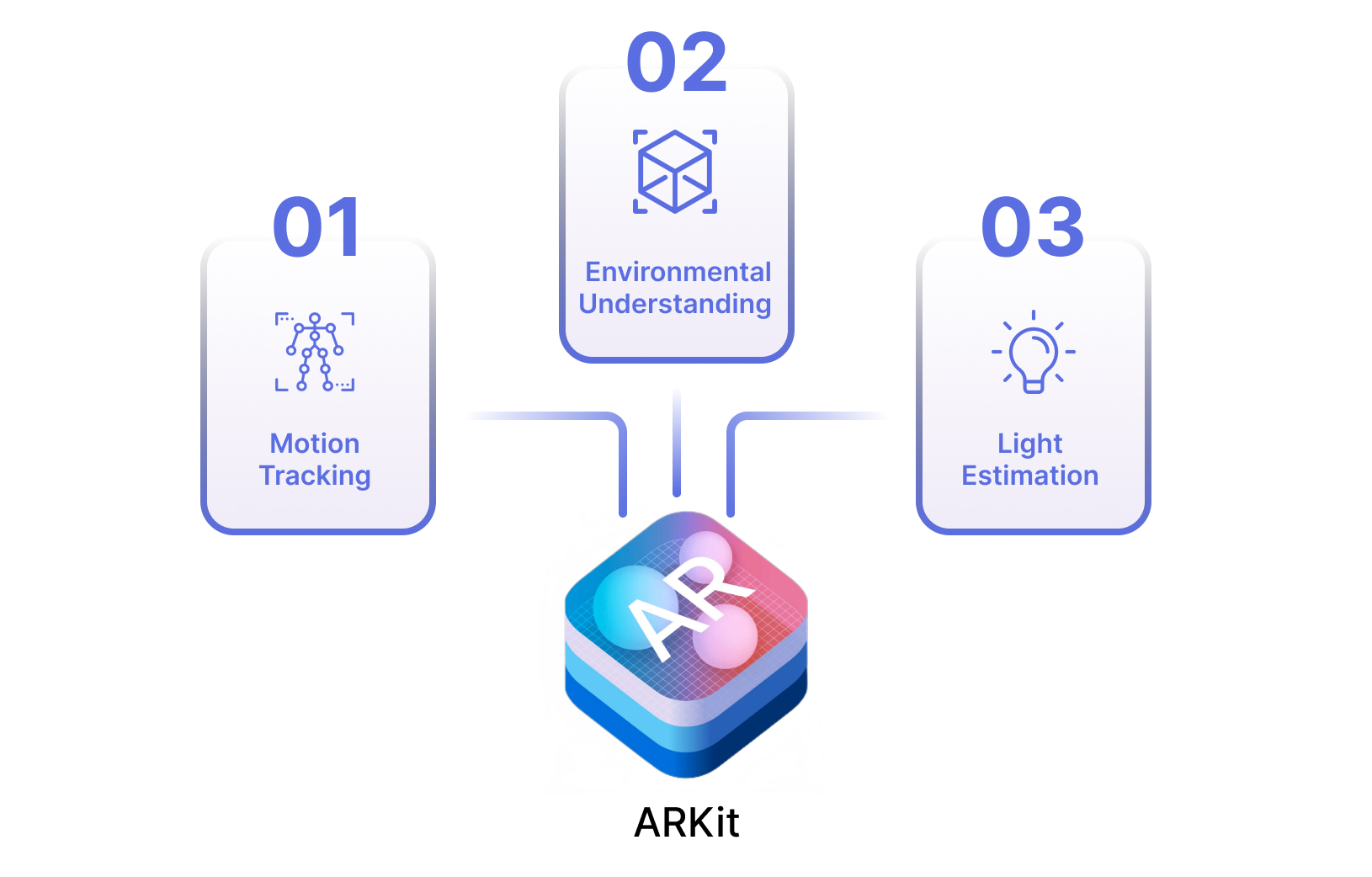
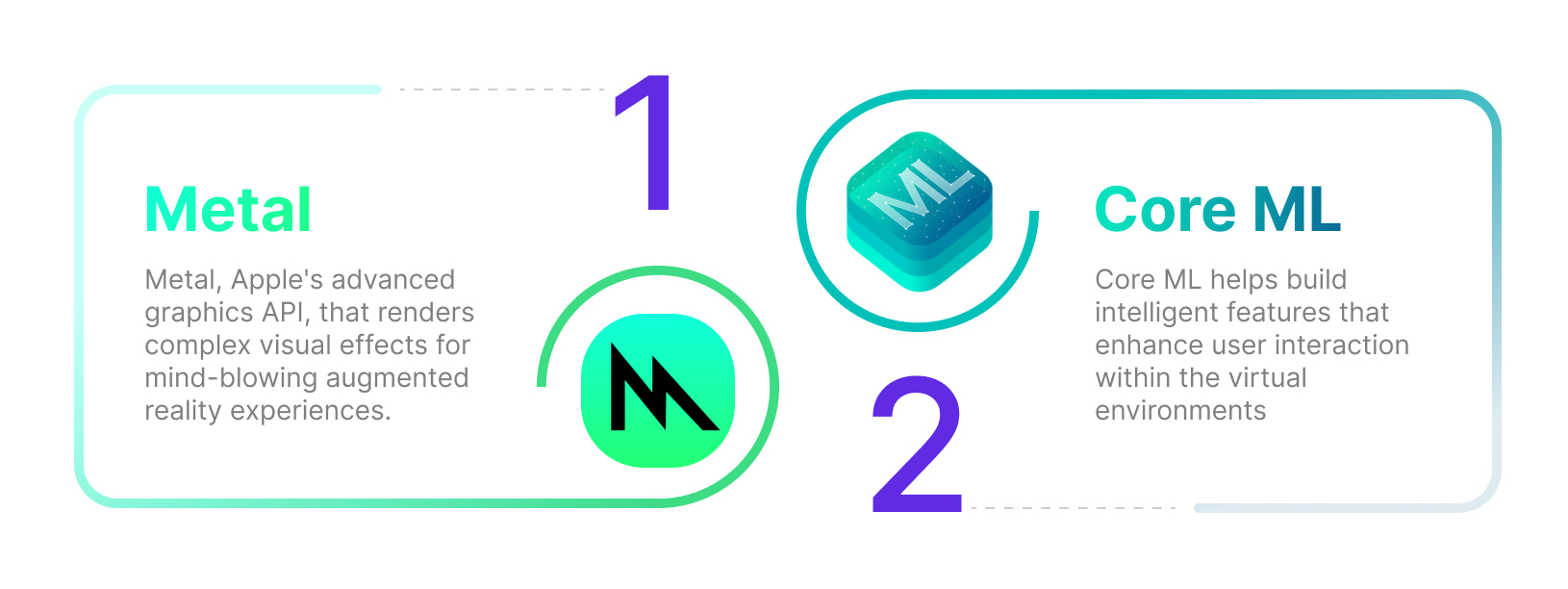
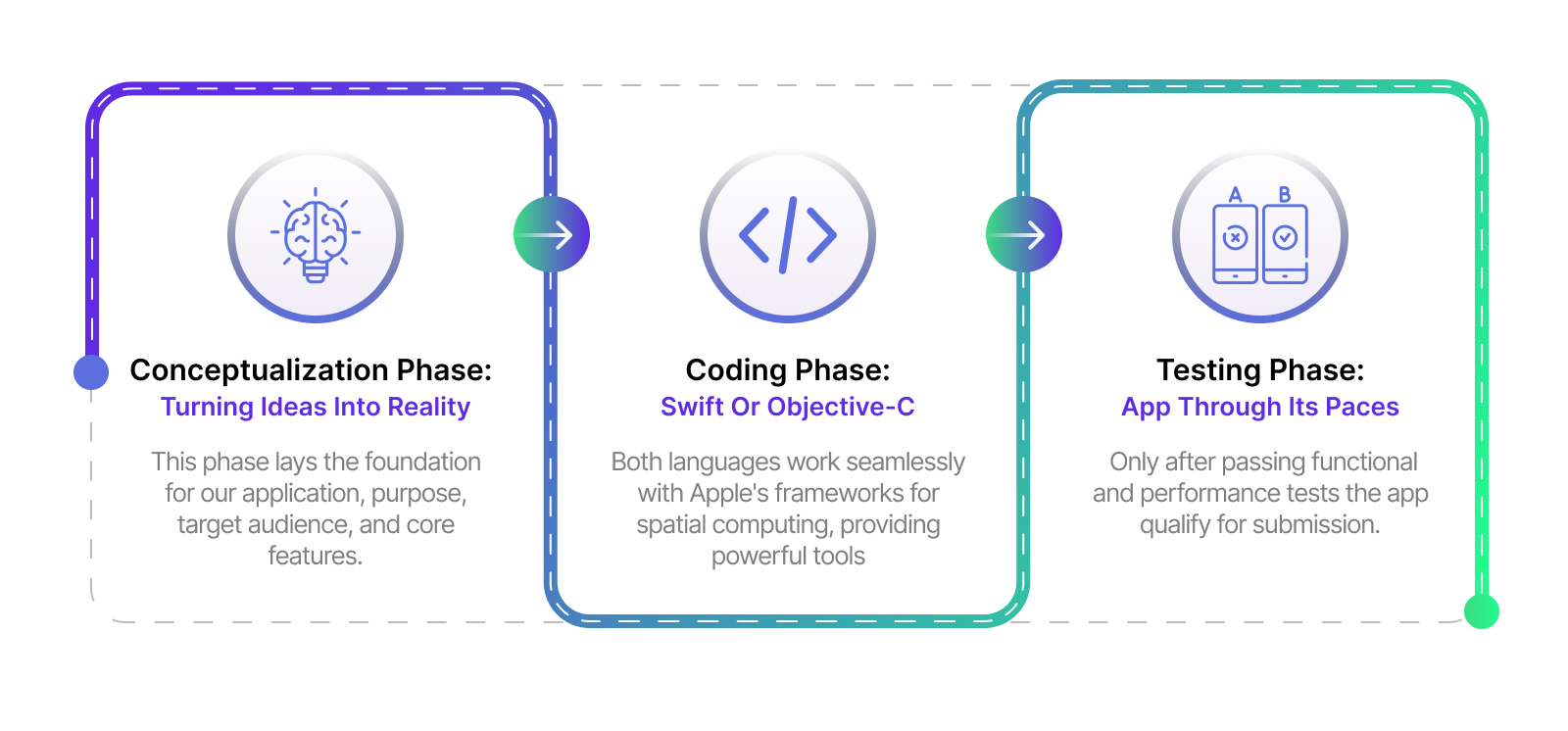



.png)
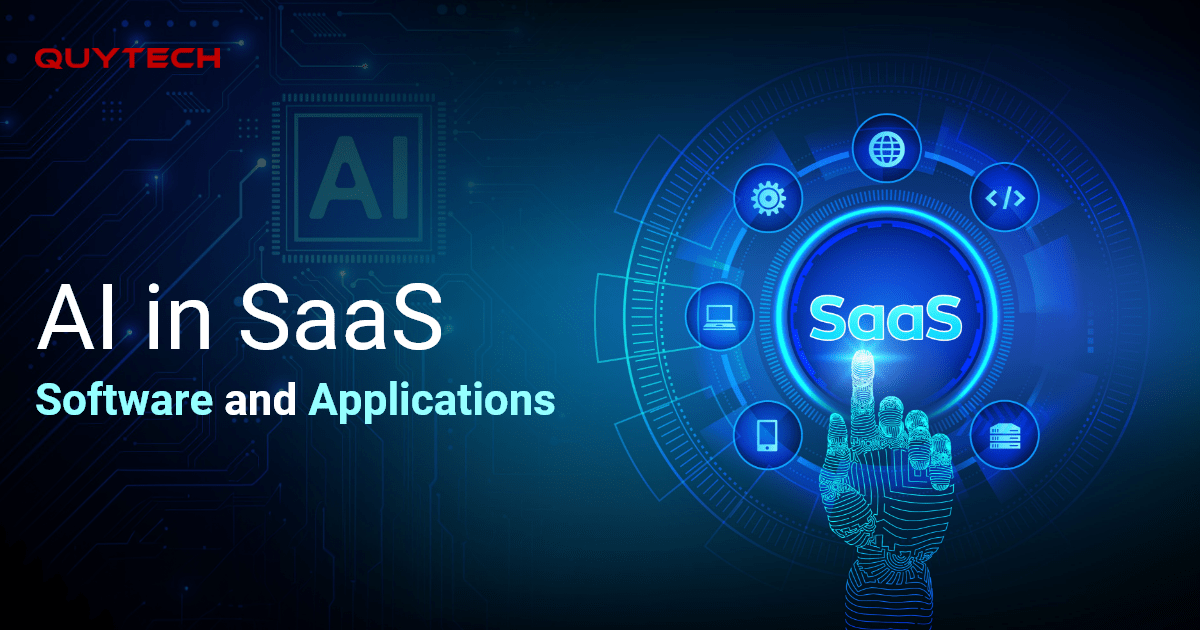



Discussion about this post